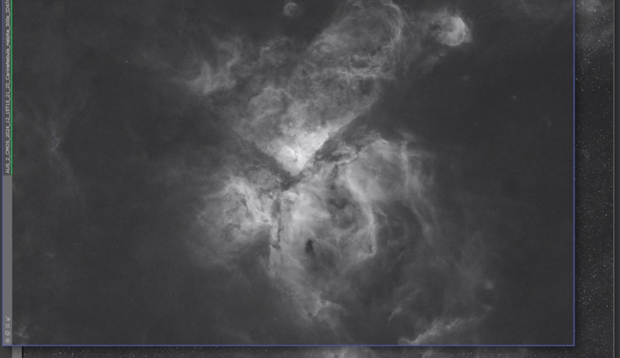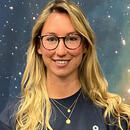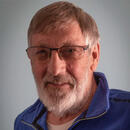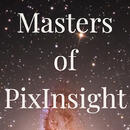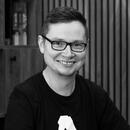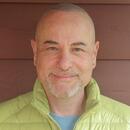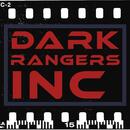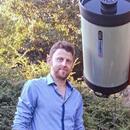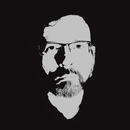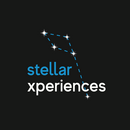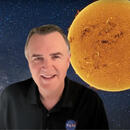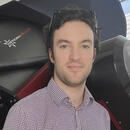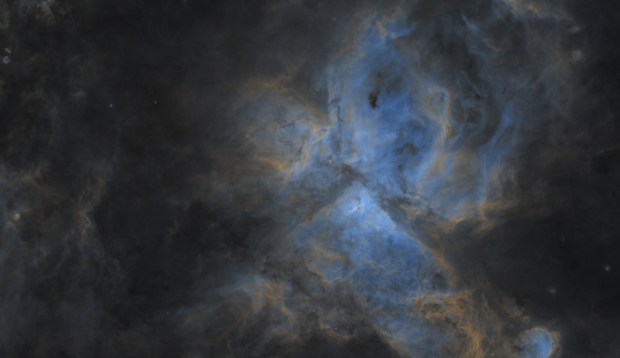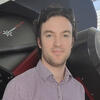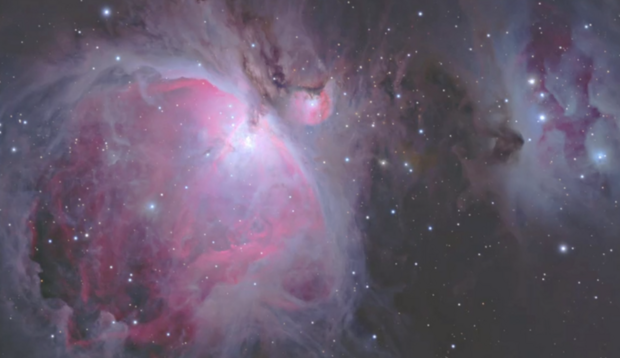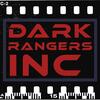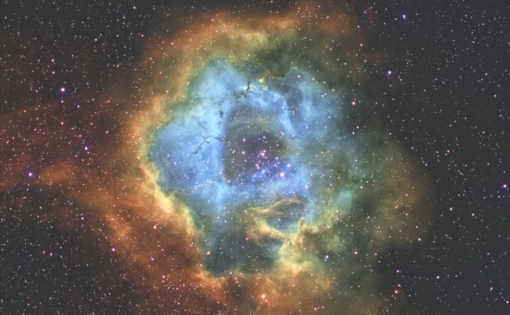Our tutors
Most Popular
All Tutorials
Effortless LRGB Combination in APP: Transforming the M83 Galaxy
In this comprehensive tutorial, Telescope Live tutor Ryan Voykin walks you through a streamlined and effective method for combining LRGB channels using Astro Pixel Processor (APP). Ryan demonstrates the unique channel combination process in APP, which allows for the integration of up to nine different channels, including HA LRGB and SHO combinations. He highlights APP’s efficiency, from faster stacking compared to PixInsight to versatile auto-stretch options. This tutorial also covers step-by-step instructions for loading data, generating master files, and utilizing APP’s various tools to clean up and enhance your images. With practical tips and a user-friendly workflow, Ryan shows how APP can simplify and significantly improve your astrophotography processing.
Mastering Deconvolution in SIRIL: Advanced Image Sharpening Techniques
In this SIRIL post-processing tutorial by Alexander Curry he will discuss using deconvolution, he will delve into the advanced topic of image sharpening. In Part 1, Alex introduces the concept of deconvolution, explaining its purpose in correcting and sharpening distorted star images caused by atmospheric and optical effects. He will demonstrate how to generate a Point Spread Function image (PSF) using SIRIL's tools to characterize the stars in an image, emphasizing the importance of adjusting parameters like radius, threshold, and roundness to refine star detection.
In Part 2, Alex focuses on the non-blind deconvolution process. He will explain the significance of various parameters such as the regularization parameter, stopping criterion, iterations, and algorithm selection. He will highlight the iterative nature of deconvolution, recommending adjustments to achieve optimal sharpness without introducing artifacts. Alex will conclude by emphasizing the importance of high frame counts and proper parameter tuning to achieve better deconvolution results, ultimately leading to sharper and more detailed images.
Photoshop Narrowband Color Enhancement
[ Premium ]
Photoshop Narrowband Color Enhancement
In this Photoshop tutorial, Telescope Live Tutor Bernard Miller demonstrates techniques to enhance color in narrowband astrophotography images, specifically focusing on both object and star colors. Using an image of the Elephant Trunk Nebula, Bernard will explain the SHO palette (Sulfur mapped to red, Hydrogen to green, and Oxygen to blue) and addresses the common issue of green tints and unnatural magenta stars. Bernard will show you a process involving selective color adjustments to reduce green and enhance overall color balance. He will further explain using RC Astro’s Star Exterminator to remove stars, improving image editing without star interference. Lastly, he will show you how to restore and enhance star colors, making them more natural without the need for RGB data.
Mastering Monochrome Post-Processing in Affinity Photo V2
In this tutorial, James Ritson offers a comprehensive guide to monochrome astrophotography using Affinity Photo V2. James will show you how to stack narrowband data, focusing on H-alpha, sulfur-2, and oxygen-3 images, with adaptability for broadband RGB mono data. He begins by demonstrating how to add light and calibration frames and utilize the File Groups feature for organized processing. James teaches you how to blend and color map data using the classic Hubble Palette and balance the intensity of emission layers with the Linear Fit tool. Additionally, he provides techniques for enhancing images with selective color adjustments, noise reduction, and a final crop for composition.

